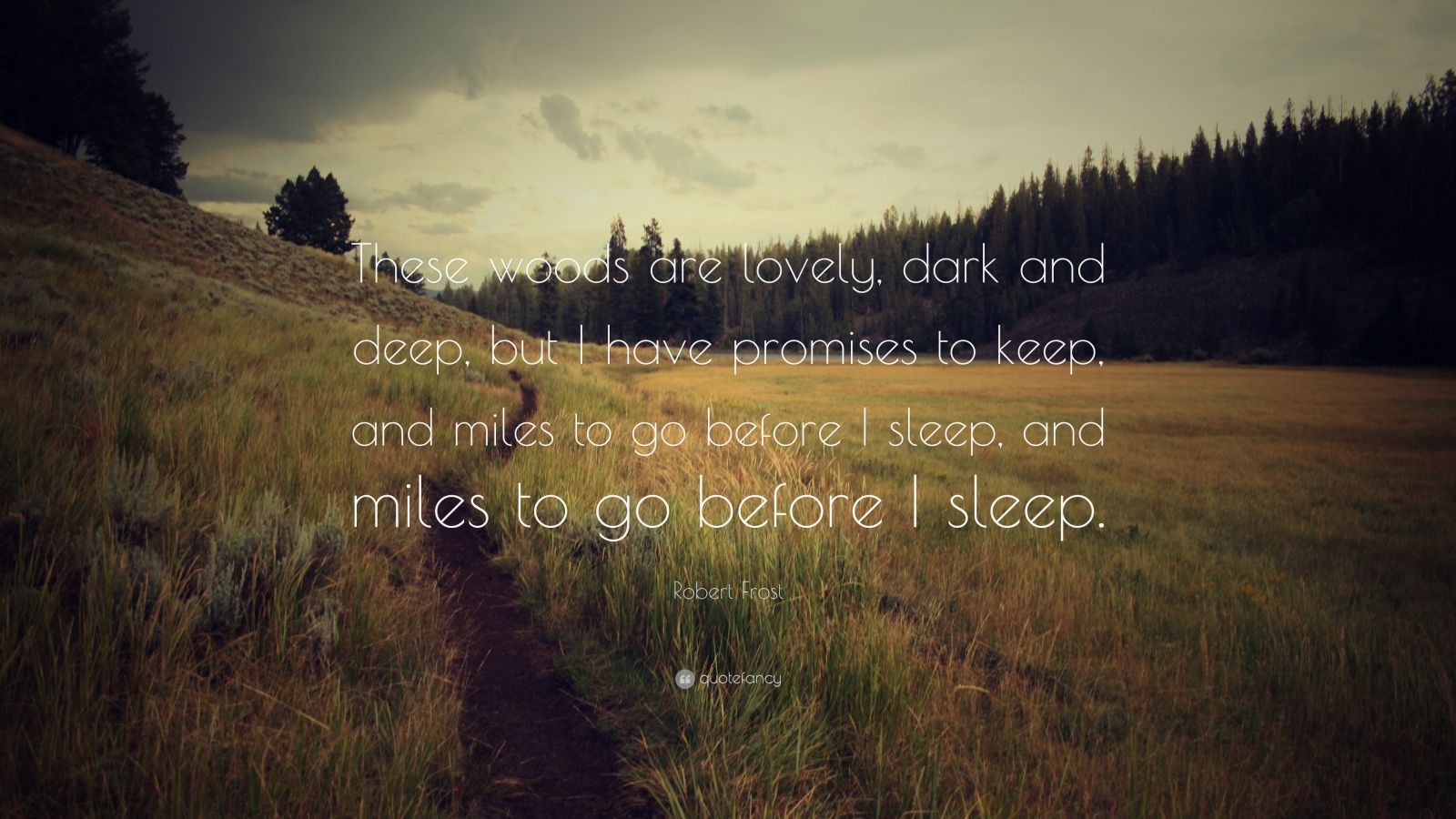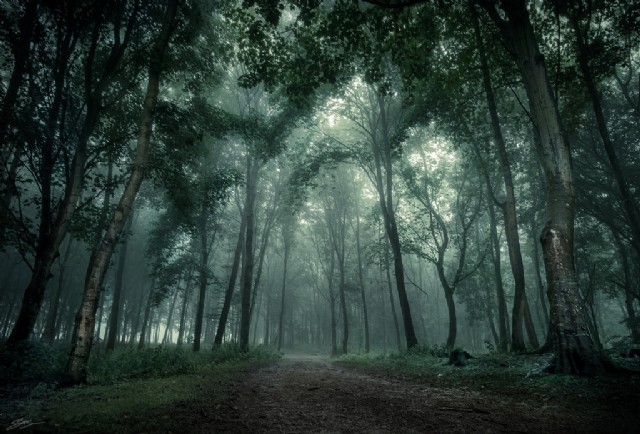

She is a 26-year-old woman who is still haunted by and distraught over a break-up that happened when she was 16. To be fair, I didn't hate Nora so much as find myself repulsed by her. Earlier this year, I found Rachel, the protagonist of The Girl on the Train, to be annoying and very unlikable, but I didn't hate her.

Yes, 16! What kind of loser is so affected by an adolescent relations I don't think I've disliked a protagonist as much as Nora, the main character in In a Dark, Dark Wood, in ages.

Finally, in the final stanza, the speaker definitively says, “The woods are lovely, dark and deep.” This suggests the speaker’s particular interest in the solitude that the woods offers.I don't think I've disliked a protagonist as much as Nora, the main character in In a Dark, Dark Wood, in ages. The speaker finds the wind “easy” or mellow and the snowflakes “downy,” like the soft feathers that fill a blanket or pillow. Indeed, though the setting seems gloomy, the speaker also recounts the “sweep / Of easy wind and downy flake.” This language makes the setting seem calm and comforting. At the same time, however, the woods are “lovely” enough that they tempt the speaker to stay awhile, complicating the idea of nature as an entirely unwelcoming place for human beings. Far from the sights and sounds of the village, the speaker stands alone “Between the woods and frozen lake” on the “darkest evening of the year.” Together all these details again present nature as a cold and foreboding space distinct from society. In other words, people can say they “own” land all they want, but that doesn’t really mean anything when those people aren’t around.

Though the speaker acknowledges that, at least conceptually, he or she stands on someone else’s woods, the physical isolation indicates the impotence of conceptual structures like ownership in the first place. There are no farmhouses nearby, and the only sound apart from the “harness bells” of the speaker’s horse is that of the wind. The complete lack of signs of civilization, meanwhile, further emphasizes the distance between society and nature. While this owner may think the woods belong to him, he can’t control who passes by “his” land any more than he can stop the woods from “fill up with snow.” The land owner’s absence and futility, in turn, suggest that the human impulse to dominate the natural world is misguided. The owner’s “house is in the village,” meaning “he will not see” the speaker. The poem begins with the speaker thinking about who owns the property he is passing through-“Whose woods these are I think I know”-yet it’s clear that there’s no one there to actually stop the speaker from trespassing. The poem presents the natural world as distinctly separate from human society. The fact that it seemingly lures the speaker to linger in the dark and cold suggests that nature is both a tempting and a threatening force, a realm that resists people’s efforts to tame it while also offering respite from the demands of civilized life. Though Frost’s poem resists a definitive interpretation, the natural world it depicts is at once “lovely” and overwhelming. While alone in the forest, the speaker reflects on the natural world and its implicit contrast with society. “Stopping By Woods on a Snowy Evening” is a poeme where the speaker describes stopping to watch the snow fall while riding a horse through the woods at night.


 0 kommentar(er)
0 kommentar(er)
